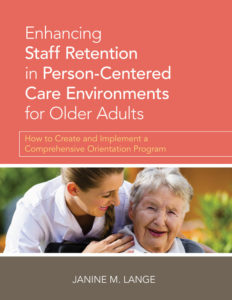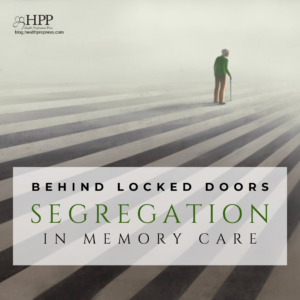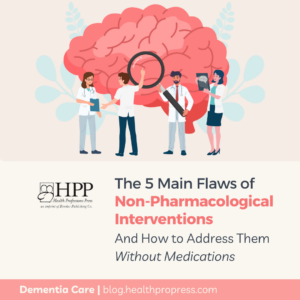
The 12 Essential Components of an Orientation Program
High employee turnover is one of the greatest challenges facing long-term care communities today. Without consistent staffing, care communities and their residents suffer the serious consequences of inadequate care, unnecessary expenses, and inefficient operations. Using these 12 components as the core of your orientation will form the basis of a thorough and effective program.
-
Departmental Education
This is information specific to the Nursing department not covered in the general Human Resources orientation, and includes things like dress code, scheduling, on-time policy, and attendance guidelines.
-
Products and Services
This is an overview of what your community provides, such as skin care products, incontinence products, wound care, pharmacy, X-rays, etc.
-
Culture Change and Person-Centered Care
Where is your community on the path to person-centered care? Describe the structure of your community and define the roles each team member plays in the daily operations.
-
Electronic Medical Records Training
Allow ample time when teaching your community’s EMR program, as every new team member will have a different level of comfort with EMR charting.
-
Alzheimer’s and Dementia Training
New team members from every level of care should receive this training. Content should include recognizing different forms of communication, and how to deal with them.
-
Abuse and Neglect and Resident Dignity
Spell out your community’s policies on this, including definitions and reporting procedures. Reinforce the different types of abuse that can occur. Videos are an excellent way to train new team members how to recognize abuse and provide care in a dignified manner.
-
Accidents and Injuries
Explain your community’s policies on preventative measures for falls as well as the procedure to follow when a fall, accident, or injury occurs. Cover things like documentation and paperwork, legal ramifications, how and when to send injured persons to a clinic or emergency room, etc.
-
Skills Testing
Every new team member, regardless of experience, must be skills tested before working with residents. Have the policies and procedures manual on hand. Create tests for each discipline that are specific to the individual scope of practice.
-
Admission and Discharge Process
Provide an admissions checklist that itemizes each step in order of importance to be completed withing the first 24 hours of a new resident’s stay in your community. Stress to team members the importance of maintaining a person-centered atmosphere and approach. Complete the discharge process in the same manner, including when a death occurs at the community.
-
Infection Control
This should include a detailed description of your community’s policies and procedures, with special attention given to standard precautions and isolation. Describe the proper use and location of personal protective equipment (PPE), as well as proper hand-washing techniques.
-
Reducing Return-to-Hospital Rates
Knowing a resident’s baseline will help caregivers notice subtle changes that can lead to serious consequences. Pay close attention to variations in hydration status, weight change, mental status, slurred speech, lethargy, and any other departures from a resident’s normal state. This will help the resident stay healthier and possibly reduce the need to go to a hospital.
-
Evaluations
Soliciting the opinions of the new team members will ensure you are doing everything possible to address their needs and equip them with the proper tools to perform their jobs to the best of their abilities. Evaluations should be done immediately after the orientation classes are concluded and again after 30 to 60 days of working in your community.
For more information on these components and how to implement them, see Enhancing Staff Retention in Person-Centered Care Environments for Older Adults.
This post was adapted from Enhancing Staff Retention in Person-Centered Care Environments for Older Adults: How to Create and Implement a Comprehensive Orientation Program by Janine Lange. Copyright © 2015 by Health Professions Press, Inc. All rights reserved.
Read the book!
Enhancing Staff Retention in Person-Centered Care Environments for Older Adults
How to Create and Implement a Comprehensive Orientation Program
By Janine Lange, M.S.N., R.N.-B.C.
Copyright © 2015 by Health Professions Press, Inc.
Reverse the damaging trend of high employee turnover in long-term care environments with this step by step guide to creating a successful orientation program for all levels of staff.
Recommended reading:
Resource on Staff Retention in Long-Term Care Environments, from Health Professions Press, Wins American Journal of Nursing Book of the Year Award
About the Author: Janine Lange






Add comment